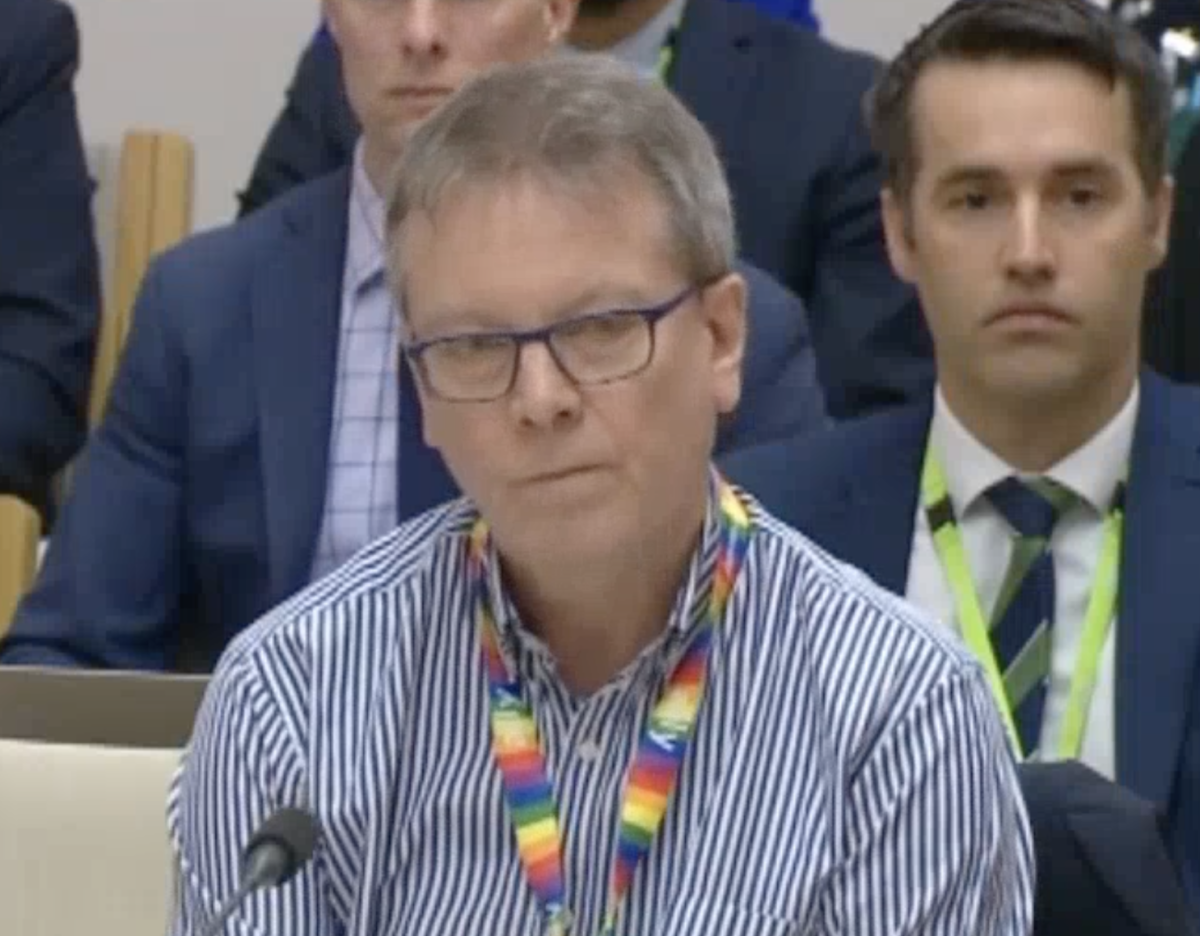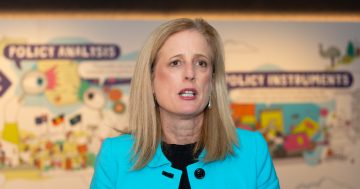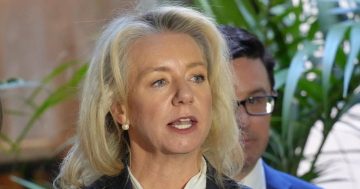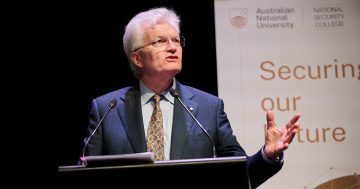
Infrastructure secretary Jim Betts says he is pleased with his staff culture. Photo: File.
A capability review of the Department of Infrastructure, Transport, Regional Development, Communications and the Arts has recommended the agency be clearer about what its purpose is and what it is trying to achieve.
But in contrast to some other recent capability reviews, this one was full of praise for the department, what it has achieved and how much it is willing to do more.
The Federal Government has committed to a pilot capability review program as a part of its plan for Australian Public Service reform.
The reviews are independent and conducted by former and current senior-ranking public servants charged with assessing an agency’s ability to meet future objectives and challenges.
The reviews are undertaken in consultation with each agency and involve interviews with staff at all levels, as well as with other stakeholders.
Each review aims to facilitate discussion about the agency’s desired future state and to highlight opportunities and organisational capability gaps.
The Infrastructure Department appears to have embraced the review of its capability.
“The leadership team demonstrated humility and openness towards this capability review, and a genuine desire to make improvements …,” reviewers stated in their report. “The review found strong pockets of capability in all the domains. This provides a strong foundation for the department to build on by turning separate cases of good practice into a consistent operating standard across the organisation, and leveraging existing capability …
“The department has strong relationships developed over many years. Several areas of the department demonstrate good practice collaborating internally and with government and non-government stakeholders. The secretary is further strengthening relationships with jurisdictions, industry and community partners.”
Some people interviewed described current global conditions impacting the department’s work as ”radical uncertainty” and ”polycrisis” presenting an unpredictable economic future with heightened risks resulting from geopolitical uncertainty.
The review has, however, highlighted several areas the department should prioritise over the next six months, including a firm suggestion that it spells out exactly what it’s trying to achieve.
“The department needs to clearly articulate its purpose and what it is trying to achieve for Australia in a changed political and economic environment,” reviewers state.
“This includes the specific role it will play responding to that change and how it will measure success.
“This purpose statement needs to be underpinned by an organisational structure and budget allocation processes that reflect the priorities of the current government and optimise resources.
“Its structure must enable purposeful integration across functions to combat silos and encourage sharing of skills and ideas.”
Also recommended as a priority to focus on is taking steps to address a perception of insularity.
“This includes making sure collaboration, both internally and externally, is an expected behaviour and is visibly valued and rewarded,” the report says.
“The department can leverage instances of good practice … to form the basis of a consistent operating style across the organisation.”
The third priority is to finalise the department’s workforce plan, seeking to take advantage of the opportunity to set a whole-of-enterprise direction and begin work to address workforce challenges.
The plan should be a living document that is responsive to changing circumstances, the report says while encouraging the department to maintain focus on its critical uplift of information and communications technology.
Responding to the review, department secretary Jim Betts said he welcomed the findings and the opportunities it presented.
“I am particularly pleased to see that the review acknowledges that the staff in our department are indeed kind and inclusive,” he said.
“The way we treat one another speaks directly to the calibre of our organisation, and ensures we are genuinely focused on achieving our purposes of connecting Australians, enriching our communities and empowering our regions.
“It reaffirms that there is no tradeoff between our values and delivering results for the government and the people of Australia.
“The review also confirms that we can and must do more to bring the department together as one, to leverage the benefit of our scale and diversity, and to foster consistency and collaboration.
“We know we can do more to strengthen our enabling tools and systems, including our ICT. We know we can do more to listen to diverse perspectives, including First Nations voices.
”And we know we can do more to be bold and ambitious in putting forward strategic advice, based on evidence, to inform innovation and reform across our diverse portfolio areas.”





















